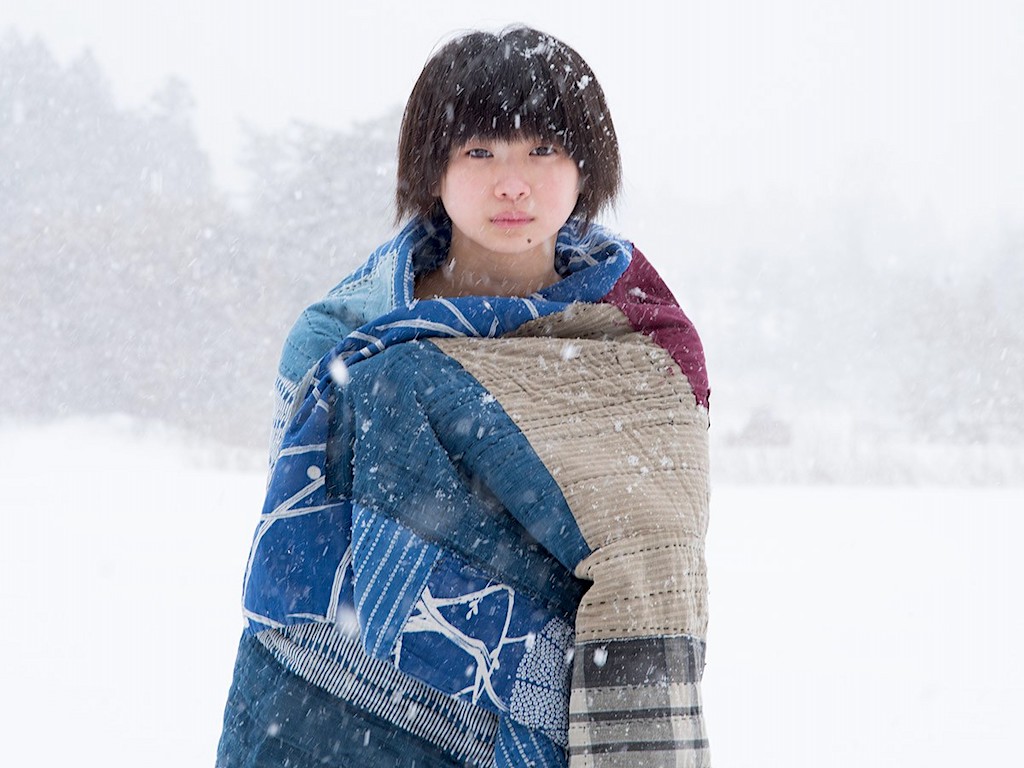3 Mins Read
In New York, Japan Society’s new exhibit “Boro Textiles: Sustainable Aesthetics” sheds light on the sustainability lessons that fashion designers are still learning from the traditional textile practice. Boro is a centuries-old textile practice from to northern Japan, made mostly by women for the purposes of survival and functionality, and uses up the limited resources available to them. Meaning rags or tatters in Japanese, boro handicrafts and garments are pieced together from scraps of fabric, leaving behind little to no waste.
The exhibit features over 50 archival century-old boro garments from the personal collection of folklorist and cultural anthropologist Chuzaburo Tanaka. Every piece – jackets, gloves, blankets – were made anonymously and mostly by women, who constructed them out of old hemp rags for men in their family who had to work demanding jobs such as farming in harsh conditions during the winter season.
While the coronavirus pandemic has led to the temporary closure of New York’s Japan Society, the art gallery is looking forward to re-opening doors to visitors who wish to visit the exhibition when it is safe for the public to do so.
Speaking about the collection, Japan Society’s gallery director Yukie Kamiya told Highsnobiety that boro textiles is all about using the existing materials available to the makers at the time, and it was a “creation for survival…But even so, we can see so many creations and the creativity they are using with limited resources.”
While the northern Japanese women who created these pieces hundreds of years ago may not have been occupied by the broader global drain of resources, their techniques parallel that to what many sustainable fashion designers are now seeking to replicate. After years of exhausting and exploiting the world’s resources and causing mass ecological disturbance, we are now in a climate crisis. How can we make use of the little we have left, and recycle, upcycle and repurpose them into functional wear that doesn’t do more harm to our planet?
“[In times] of emergency, we don’t have any kind of access to the material, people can be creative. This is an encouraging practice, and sustainability is not to ensure something. We can kind of enjoy and find another value in the handicraft,” Kamiya said.
For too long, we have forgotten how to create new, beautiful pieces out of old, reused materials, to keep recirculating the materials we have – a process that requires thinking deeper about carefully using resources. The result of years of neglect about the footprint of fashion, fuelled by global overconsumption, has been disastrous on the environment.
According to the United Nations, the global fashion industry is responsible for over 10% of global carbon emissions, and on its current trajectory, it will grow to take over 24% of the global carbon budget by 2050. Giving little thought to preserving existing materials by reusing, recycling and upcycling, the fashion industry produces around 92 million tonnes of landfill waste every single year, as well as contributing 20% of water pollution as a result of the mass use of toxic dyes and bleaches.
Faced with potential climate collapse, fashion designers across the industry are now looking to embody a similar sustainable ethic that was always inherent in Japanese boro textiles. Outdoor apparel brand The North Face, for instance, recently launched a new workshop program for their designers to learn how to repurpose and upcycle old clothes into new products for resale. Meanwhile, fast fashion giant H&M has also taken on the challenge to incorporate recycled denim and vegan wine waste leather in its collections.
Want to know more about sustainable fashion? Read all our eco-fashion news coverage here.
Lead image courtesy of Amuse Museum, Chuzaburo Tanaka Collection.




